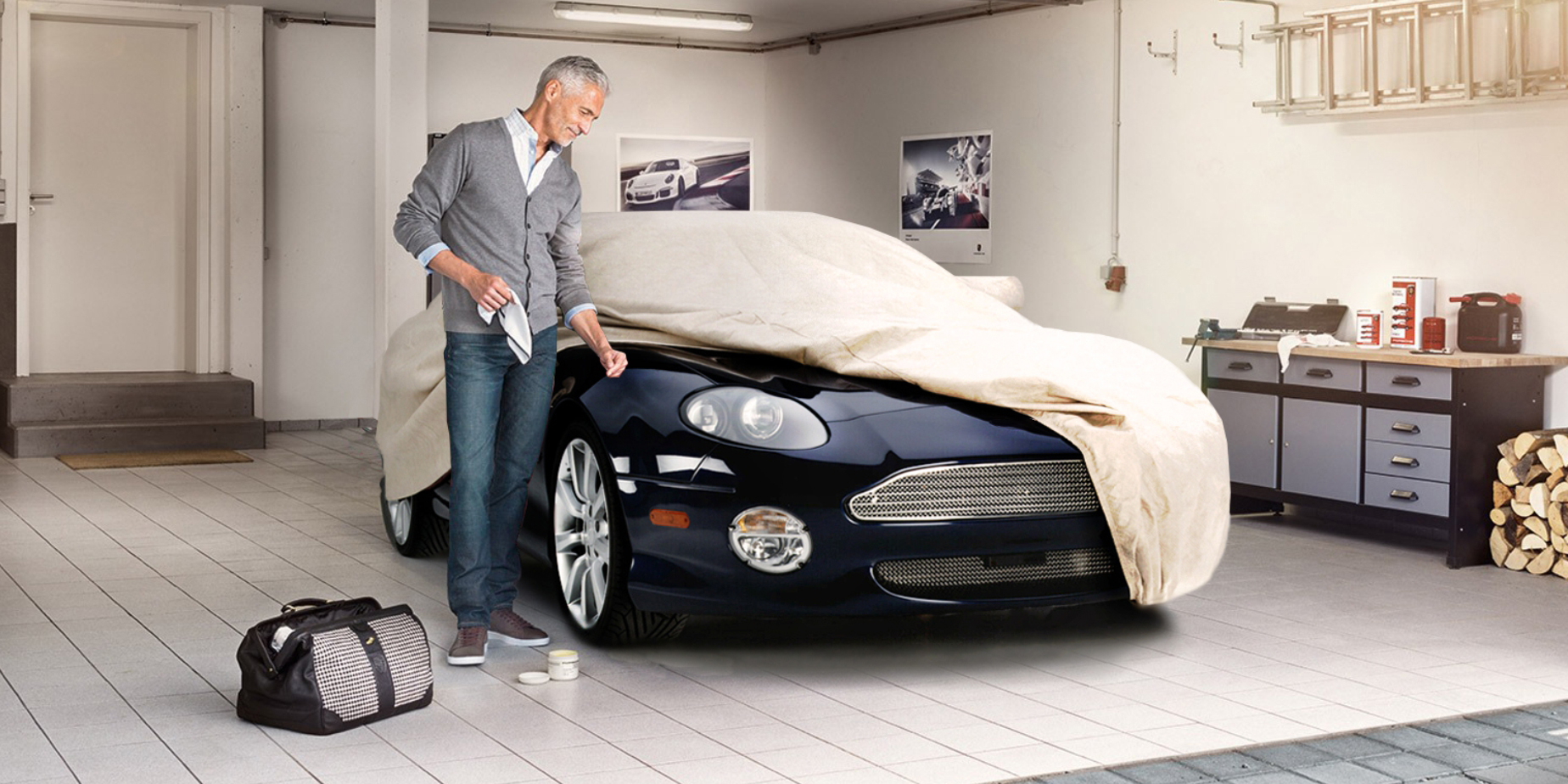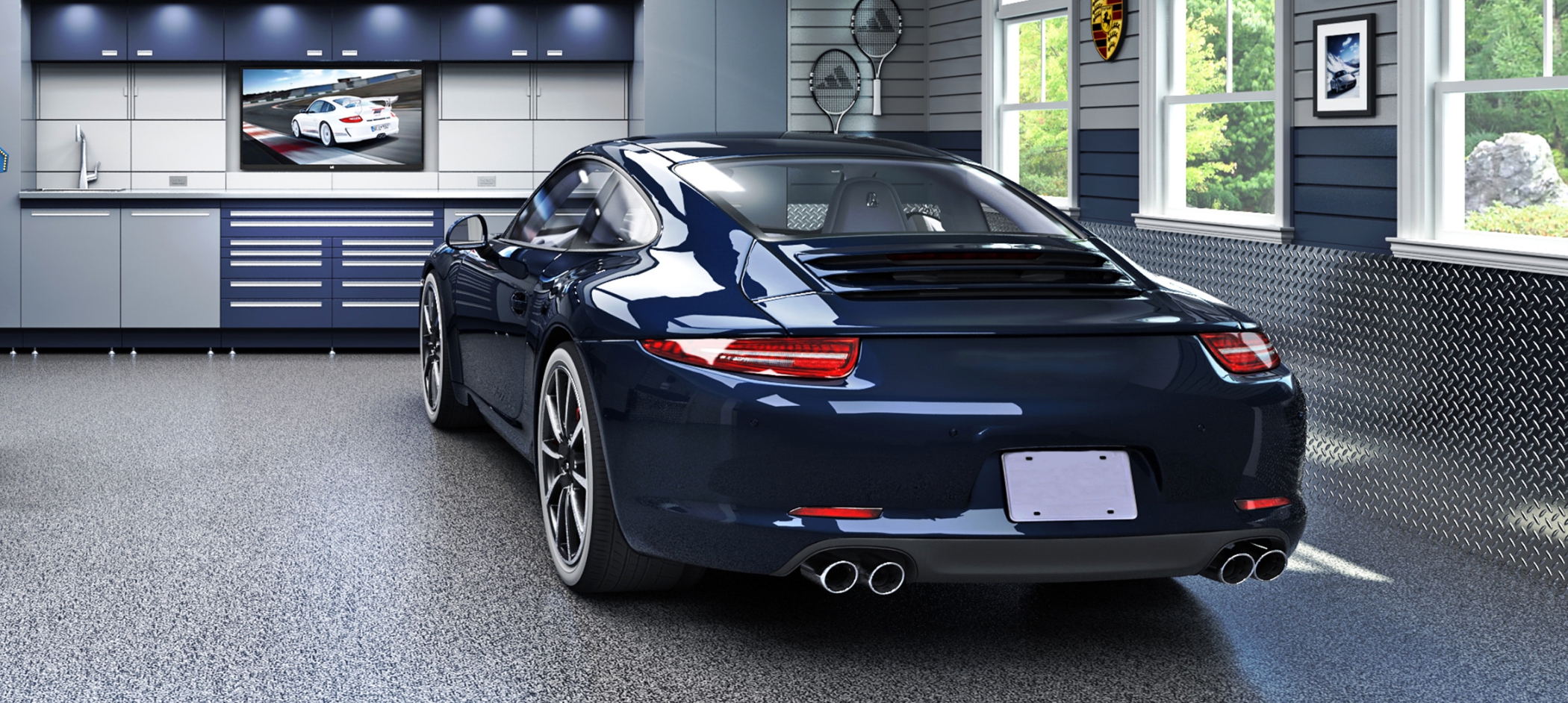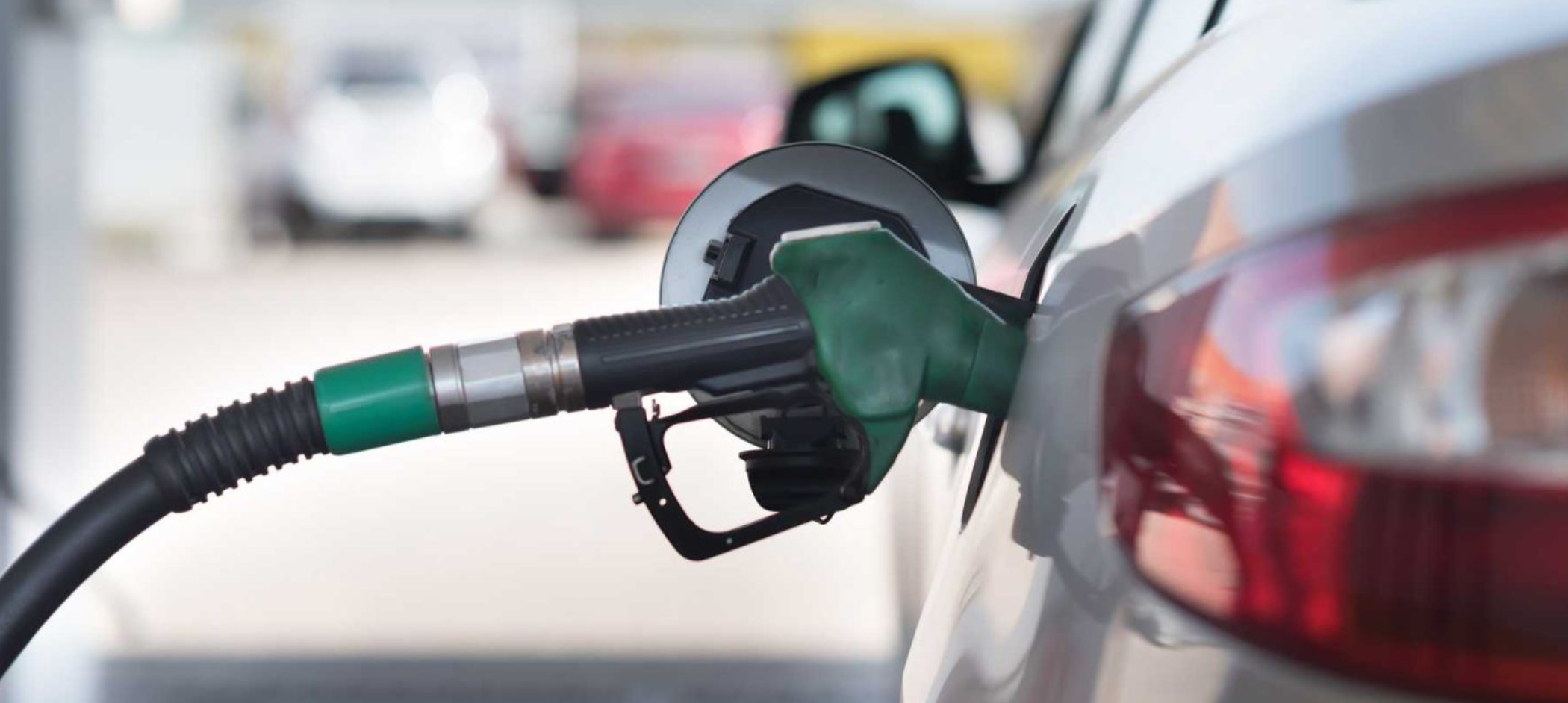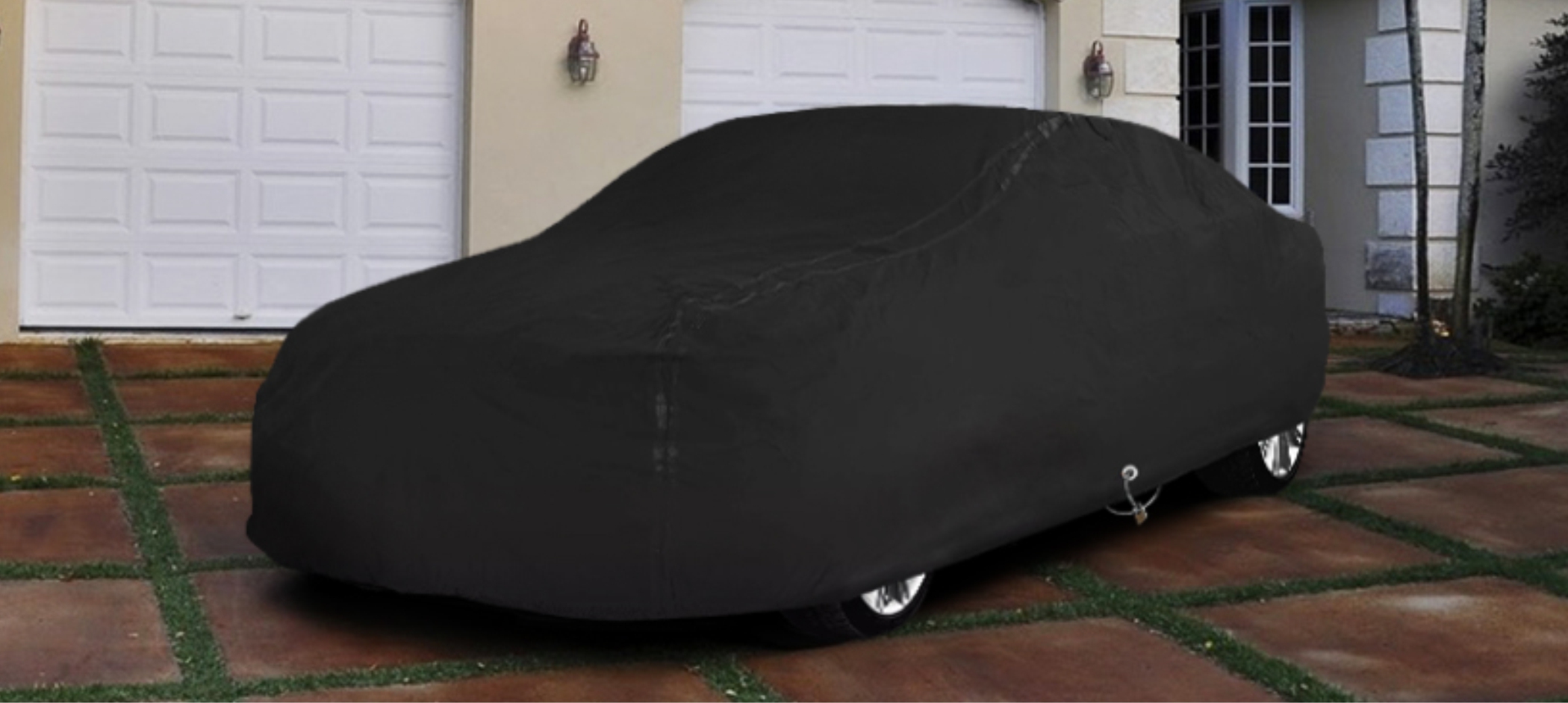As we mentioned before, if you have a problem with parking in a garage and wonder where to park car for long term, you can always use a storage facility.
It doesn’t matter if you want to store vehicle for winter or looking for summer car tips.
Inside wins all the time. If nothing is working out, read on to find out how to store a car outside.
1. Barrier on the floor
If the garage you are planning to park in has a concrete or earth floor, you are going to need plastic sheets to create a barrier between the car and the floor. This will minimise the damaging effect of minerals, moisture, etc.
2. Spray oil
To prevent corrosion and rust, spray some oil on the cylinders after removing the spark plugs. Turn the crankshaft to circulate the oil. A few times should do the trick. After that, reattach the spark plugs and don’t forget the wires.
3. Remove the battery
Disconnect all the battery cables and then remove the battery. Wipe and clean it from all sides to make sure it won’t retain moisture.
4. Lubricate the hinges
Proper lubrication of the door hinges, the hood release latch, and the hood hinges will make sure there’s no rust when you open it up in a few months’ time.
5. Keep the rodents and insects away
We have mentioned this before, but it’s worth doing again. To keep unwanted guests away from your vehicle, give the interior a proper clean and use mothballs.
The truth is, it’s hard to repel rodents, so try and use strong-smelling repellent if you have to. The consequences of a rodent infestation can be dire.
6. Use a car cover
Don’t be fooled by the safety of a garage. Yes, a roof will protect your vehicle from the elements, but having a cover will also make sure there are no scratches and dust on the car.
Usually, the covers intended for indoor use are light and breathable, so no trouble putting them on the car by yourself.
When choosing the right cover for your vehicle, be sure to get the one tailor-made for your car’s make and model. This will guarantee a tight fit and make sure there are no loose ends here and there. For an in-depth exploration of car cover types and their optimal use, check out our comprehensive guide on Car Cover Types And Their Use.















